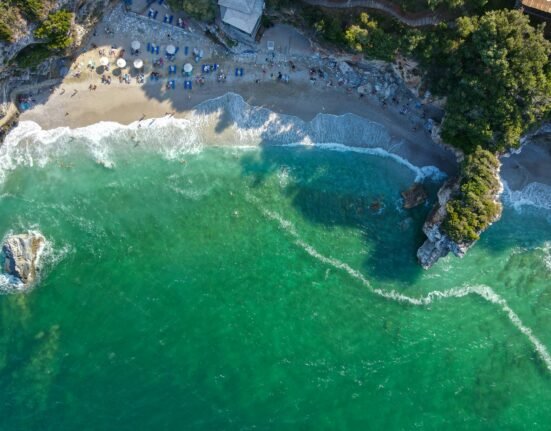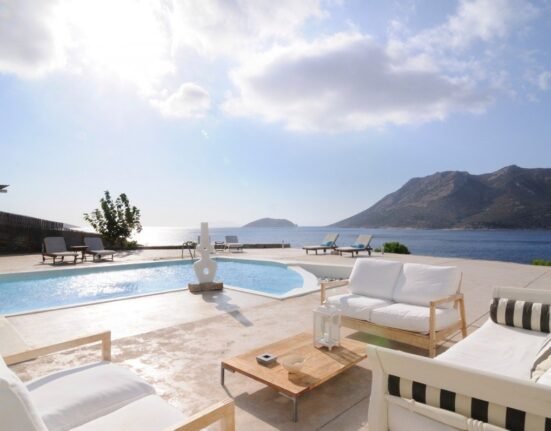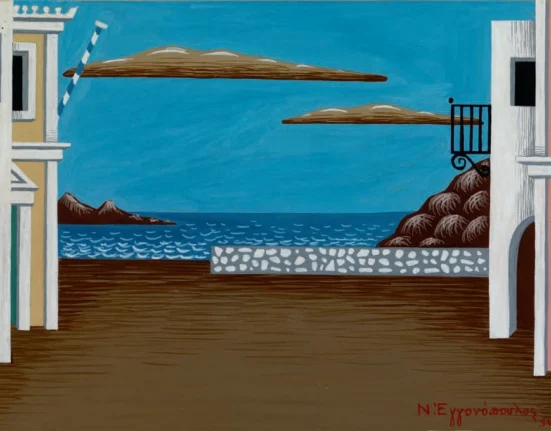Upon my return to Greece I realized how many things I had missed when I used to live here.It is this lack of enthusiasm and the feeling that there is plenty of time to visit places so you keep on postponing, and in the end you don’t get to see anything.
When you are an expat you know you are there for a short amount of time so you try to fill your bucket list as much as you can.This time I promised myself that I would keep my enthusiasm and curiosity alive so I decided to start my Athenian tour with the least visited location, Kerameikos.
Kerameikos is best known as the ancient cemetery of Athens but my trip there proved me wrong. There is so much more to see and understand.
The area took its name from the word “keramos” which means pottery in Greek but the myth says that Keramos was a worshiped local hero and the son of Dionysus and Ariadne.
In ancient times the site was divided in two areas with huge defensive walls, best known as the Themistoclean walls.In the inner part, there were pottery workshops and on the outer part, the cemetery. Most of the pottery that accompanied the dead to the underworld were produced in Kerameikos.
The walls had two gates, Dipylon which led to the Acropolis and the Sacred Gate, which led to Eleusina, a famous town where the Eleusinian mysteries took place every Fall.The Eleusinian mysteries, were initiations held for the cult of Demeter and Persephone.This year Eleusina is the cultural capital of Europe so stay tuned because I will be writing on upcoming events and celebrations.
Some expats get to know their host country better than the locals, because they are driven by curiosity and enthusiasm”
Upon my return to Greece I realized how many things I had missed when I used to live here.It is this lack of enthusiasm and the feeling that there is plenty of time to visit places so you keep on postponing, and in the end you don’t get to see anything.
When you are an expat you know you are there for a short amount of time so you try to fill your bucket list as much as you can.This time I promised myself that I would keep my enthusiasm and curiosity alive so I decided to start my Athenian tour with the least visited location, Kerameikos.
Kerameikos is best known as the ancient cemetery of Athens but my trip there proved me wrong. There is so much more to see and understand.
The area took its name from the word “keramos” which means pottery in Greek but the myth says that Keramos was a worshiped local hero and the son of Dionysus and Ariadne.

In ancient times the site was divided in two areas with huge defensive walls, best known as the Themistoclean walls.In the inner part, there were pottery workshops and on the outer part, the cemetery. Most of the pottery that accompanied the dead to the underworld were produced in Kerameikos.
The walls had two gates, Dipylon which led to the Acropolis and the Sacred Gate, which led to Eleusina, a famous town where the Eleusinian mysteries took place every Fall.The Eleusinian mysteries, were initiations held for the cult of Demeter and Persephone.This year Eleusina is the cultural capital of Europe so stay tuned because I will be writing on upcoming events and celebrations.
The excavations that were undertaken by the German Archaeological Institute of Athens revealed treasures such as marble statues, columns, funeral offerings and during the works of the Metro Station more than 1000 tombs were found dating from the 5th to the 4th century BC. It was extremely interesting when our guide Nadia told us that it wouldn’t sound strange if one day the tomb of Pericles were found there.
Many of the findings are exhibited at the National Archaeological museum and the small museum situated next to the entrance of Kerameikos.



You can easily reach Kerameikos site by metro.The closest station is Thissio, only 5 mins walk from the entrance.















